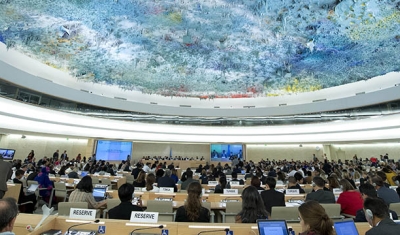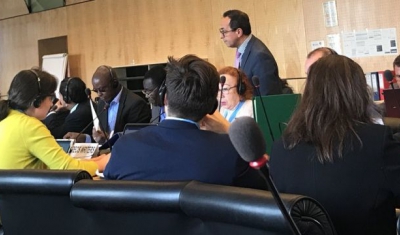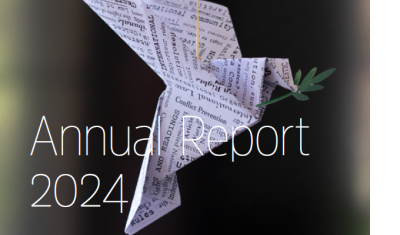31 March 2025
Authored by Adam Day and Emma Bapt, our recent two-part research series explores how the United Nations' human rights system can enhance its role in early warning and conflict prevention.
The first brief, 'From Signals to Action – How the UN Human Rights System Can Deliver Early Warning and Conflict Prevention', examines how human rights data from the UN system can signal rising risks of violent conflict. Through case studies of Syria, Mali, South Sudan, Ukraine, and Myanmar, the report highlights how the UN’s human rights system already generates a wealth of information that clearly indicates growing risks of violent conflict. However, many of these signals were buried in long reports or spread out across different bodies of information that made them difficult to access or understand. The research also found that:
- Human rights reporting provided a unique sense of the social and economic drivers of conflict
- How marginalization and discrimination affected the risks of violence in the years prior to a significant escalation
- Where governments were failing to respond to risks
- What kinds of responses might have lowered risk levels
Building on these findings, the second brief, 'Operationalizing Prevention – How the UN Human Rights System Can Connect Early Warning to Action', shifts the focus to actionable steps for turning these signals into preventive measures and offers concrete policy recommendations. It identifies critical gaps including:
- The lack of systematic data aggregation
- Weak institutional linkages between Geneva and New York
- Political resistance to early intervention
By addressing these challenges, the report underscores how the Human Rights Council (HRC) and the Office of the High Commissioner for Human Rights (OHCHR) can play a more decisive role in preventing large-scale human rights violations and violent conflicts.
As the UN prepares for the 2025 Peacebuilding Architecture Review, these insights offer a timely roadmap for enhancing global peace and security efforts.
These papers forms part of a larger research on human rights and prevention - exploring how the human rights system can serve as a tool in conflict prevention, resilience and early warning.






